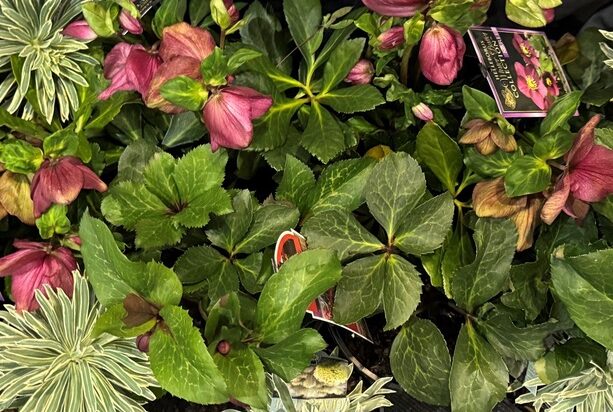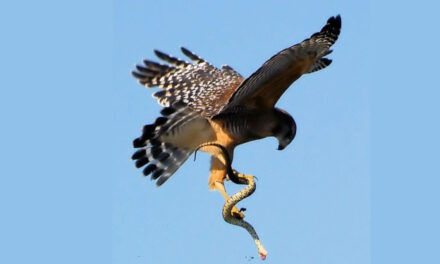Diane Beddison
“Winter, a lingering season, is a time to gather golden moments, embark upon a sentimental journey, and enjoy every idle hour.” John Boswell
Plant of the season
The photograph of hellebore Karli from the Winter Ballet collection, was taken at the recent Landscape Show in Melbourne. These colourful, extra-large and upward facing flowers are a result of crossings of Helleborus × hybridus and Helleborus niger.
If you are looking for a no fuss Hellebore that tolerates more sun, grow the adaptable Helleborus x hybridus varieties. These are available in a wide range of colours and will increase in number over time.
The best place to plant hellebores is under deciduous trees, making sure to avoid dense shade as it will reduce flowering. Plant in spring or autumn and apply a complete fertiliser in mid-autumn through to end of winter.
Gardening fun
Make the most of the clear sunny days as there is plenty to do in the garden during winter.
Leaves will continue to fall over the next two months. If you have space build a cage or cages to compost them even if it’s just wire. Leaves will break down more quickly if you run over them with a lawn mower first. Make sure to use an old blade. Add a layer of leaves at a time and wet them. Finish by covering your heap if possible. Leaf matter is good for improving soil texture.
Most trees, shrubs and vigorous vines benefit from a prune in mid to late winter, especially if they are dormant. Don’t forget to prune Wisteria and ornamental and fruiting grape vines. Roses can be pruned in July, although if the weather is extremely cold, they can be left until August. Winter flowering shrubs such as Camellia should be pruned after flowering.
Why do we prune?
- To maintain and improve the shape of the tree or shrub.
- Reduce the size of plants which are too large.
- Reduce the risk of falling branches.
- Encourage productive growth especially for fruiting plants.
- Thin growth to allow more sunlight to reach the plants below.
- Remove dead, broken and diseased wood and any suckers.
- Create and maintain hedges, espalier, and topiary.
New garden beds should be made now by digging and incorporating compost and manure into the soil. Avoid digging heavy soils when they are very wet, as pressure on wet soils can cause compaction. Compaction reduces the amount of oxygen in the soil, restricts root growth, and makes it harder for water to penetrate the soil.
Winter is best time to move plants which are not in the best location, such as a young rose which getting less than six hours of direct sun. Cut back perennials and divide up well the established plants. Use these free plants to bulk up the garden bed, or for other areas of the garden.
Deciduous trees and shrubs, cane fruits, vines and frost-resistant Australian natives can be planted now. Planting in the early winter season gives the plants time to establish good root systems before the hot weather. Plant out the rest of your garden, including summer bulbs, in late winter once frosts have gone.
Artichoke suckers, asparagus and rhubarb crowns, brassicas, lettuce, onion, peas, broad beans, and spinach can be planted during winter.
Protect recently planted trees and shrubs and other vulnerable plants from severe weather.
Design in comfort
When the weather closes in, find a comfortable chair and reflect on how to take your garden to the next level. Winter is a wonderful time to plan for future seasons. There’s a certain clarity when viewing the gardens structure in winter.
Do you need more evergreen shrubs or pockets of colour in the winter garden?
Consider planting frost tolerant Australian native plants to bring colour and permanency to the garden. Correa, frost-resistant Grevillea species, Crowea saligna, and Hardenbergia will be flowering soon. Grow them in pots if space is tight. These plants also provide food for birds and bees at a time when food is scarce.
Are there enough trees and large shrubs in your garden? Do you need to screen an ugly view? Are there gaps that the spring revival won’t fill?
Consider these questions and visit local nurseries to research plant species and varieties for your spring and summer garden.
Enjoy Winter in the Garden.
Diane Beddison is a frequent visitor to Daylesford and the Principal of Beddison Garden Designs





